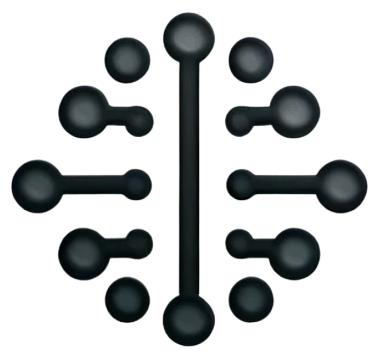This post is a review of JuxtaCode
Unveiling Juxtacode: Revolutionary Tool for Git Diffs & Merges
Despite the wealth of code review tools available for developers, an innovative product has recently broken the surface, aiming to enhance the experience and process of Git diffs and merges significantly. Juxtacode is not just another name in the saturated market; it’s designed to make reviewing changes in the codebase a breeze. Let’s dive into a comprehensive analysis of this unique coding tool.
Taking a Closer Look at Juxtacode
What is Juxtacode?
Juxtacode is a new entrant into the realm of Git diffs and merges tools. It’s a tool built for software developers and programming teams who deal heavily with code changes and reviews on a daily basis. Juxtacode reinvents the experience on how to handle Git diffs and merges, not by reinventing the wheel, but by promoting clever innovations that make the process more streamlined, efficient, and user-friendly.
Why is Juxtacode Different?
What sets Juxtacode apart from most competitors is its emphasis on user interface and experience. By providing a clearer working space with improved color coding, visibility of changes is enhanced. This implies fewer overlooked alterations, leading to an overall smoother code review process. Its focus isn’t solely on functionality; the ease-of-use and overall design of the application are core attributes that make it exceptional.
Digging Deeper: Exploring Juxtacode’s Features
Juxtacode functions beyond a standard diffs and merge handler. Its features go in-depth, thus providing superior control over code changes and review.
Let’s explore some of its distinctive characteristics and see if it lives up to the expectations:
Enhanced Visibility through a Better User Interface
The first noticeable aspect of Juxtacode is its appealing and clean user interface. The tool uses extensive color-coding and innovative visual cues, which help developers to quickly comprehend changes in the codebase. Unlike traditional diff tools that could sometimes be murky and confusing, Juxtacode is aesthetically pleasing and functional. It goes a long way in making the code review process less cumbersome and more engaging.
Improved Comparison and Overviews
Another spectacular feature is Juxtacode’s ability to let developers compare old and new code in a unified or split view. The unified overview is quite handy when having to compare many changes simultaneously. The split view is essential when comparing two different versions of a piece of code side by side for more detailed reviews. Both views provide a clear framework for identifying additions, deletions, or modifications, ensuring a seamless code review process.
Code Annotation and Comments
Often, interpreting changes isn’t something simple or straightforward; developers need room to describe why (and maybe how) particular changes were introduced. Juxtacode understands this need and has embedded an annotation and comment feature. Developers can add notes to changes, providing them with context that can be helpful during the review process.
Implications: Juxtacode in Real World Scenarios
Here’s where the rubber meets the road: real-world application. How effective is Juxtacode when deployed in an actual working scenario?
On the plus side, Juxtacode presents a suitable solution for developer teams looking for a comprehensive diffs and merges tool. Perhaps one of its major advantages is how it significantly eases the reviewing process through its improved user interface and comparison features.
The inclusion of the code annotation and comment feature is a thoughtful addition, boosting its practicality in real-life situations. The feature should enhance collaborative efforts during the code review process, eliminating confusion and potential miscommunication.
Final Verdict: A Juxtacode Review
After taking a deep dive into Juxtacode, it is evident that this tool has brought significant innovation into the realm of Git diffs and merges tools. Its focus on user experience is a game-changer, setting a new standard for all coding tools to follow.
However, like all products, there are potential opportunities for further development. The addition of an advanced search feature for code snippets and further integration with commonly used platforms and tools could further increase Juxtacode’s usability and practicality.
Nonetheless, it’s clear Juxtacode is a valuable tool that developers and coding teams must consider adopting. It has a lot of potentials and could potentially revolutionize how Git diffs and merges are managed.
In conclusion, Juxtacode is not just ‘nicer’, as the initial impression suggests. It brings new meaning and dimension to a process that is critical to software development. The ease-of-use, efficient management, and innovativeness are aspects that every developer team will appreciate and utilize. Juxtacode is a tool worth exploring for innovative management of Git diffs and merges. As it promises, it does deliver: it truly is Git diffs & merges, but nicer.
